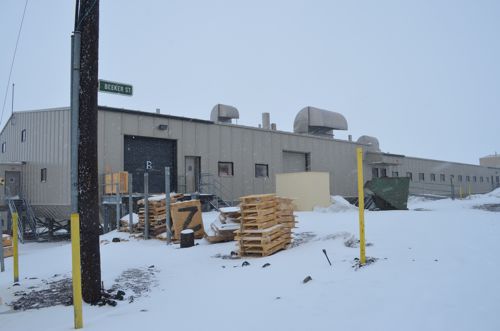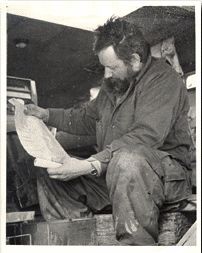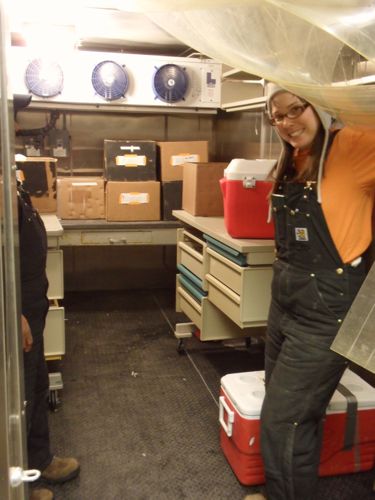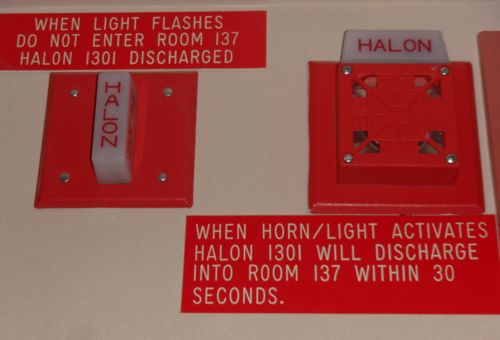Beeker Street
I have spoken a lot about what I do and who I work with, but I haven't yet explained where this all happens! I spend a lot of my time in an office/lab at the Albert P. Crary Science and Engineering Center (we call it Crary for short). Crary is one of the newer buildings on Beeker Street, built in 1991. It was dedicated to Albert Crary on November 4, 1991. Beeker street is named after the famous muppet scientist, Beaker.

Who was Crary?
Albert Paddock Crary was a famous scientist and polar explorer. He was born in New York on July 25, 1911 and died on October 29, 1987. As a student, he studied physics and geology. After traveling the country and world looking for oil, he studied the upper atmosphere in the Air Force. He finally dug into polar science in 1952 when he studied an ice island floating 70 miles from the North Pole. In the late 1950s he became deputy chief scientist for the Antarctic program for the United States and was in charge of "Little America", a research and exploration base in Antarctica. On February 28, 1958, he fell into the icy ocean of Antarctica when part of Little Antarctica gave way. He was rescued after being stranded on a piece of ice for an hour. On February 12, 1961, he led a team from the University of Wisconsin to traverse from McMurdo Sound to the South Pole using snowcats and trailers. From 1960 to 1968 he was the chief scientist of the United States Antarctic Program. After years working at both poles, he eventually settled down in Washington D.C. with his family and worked as the Deputy and Director of the National Science Foundation's Environmental Sciences program until 1978. The Science and Engineering center is one of a few dedications to Crary. The Crary Mountains and the Crary Ice Rise, both in Antarctica, are also dedicated to him.

Lab Space and Safety
Most of the researchers at McMurdo have a space in the offices and labs at Crary. This means the building needs to accommodate a lot of different types of science! There are freezers and refrigerators to allow scientists to store samples, there is deionized water for experiments that require water without contaminants or charges in it, and lots of other equipment to provide scientists with what they need to get their work done.

Lab safety is also an important part of Crary. Cheryl, who helps keep the lab running smoothly and safely, took Joni and me on a tour of the lab to point out important safety stations and procedures. Some of the stations were similar to those in my classroom back in Austin.



Fast-Paced Tour of Crary
To give you a sense of the building, play the video below that does a quick tour of the building!
http://
Questions
What aspects of Crary are similar to safety in a science classroom? What is different?
Why can't water put out all fires? (Hint: Are there any chemicals that react with water?)
Math Connections
How old was Albert Crary when he died?
How old was Crary when he fell into the icy waters near Little America?
*Information about Alfred Crary was taken from his n.y. times obituary.
- next >
- 1 of 39

Comments